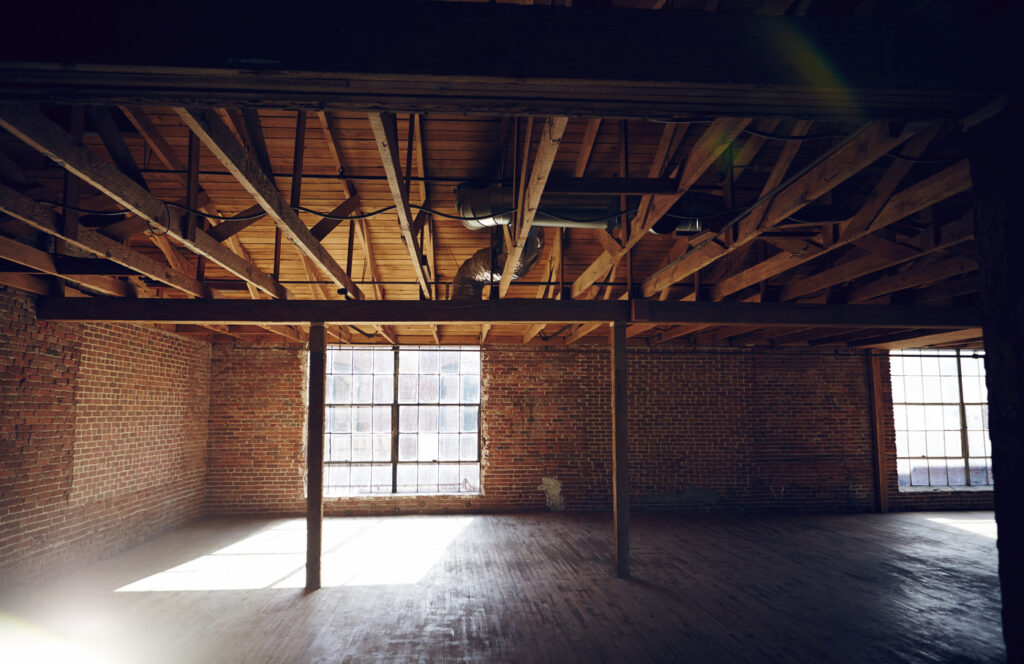
Keeping the Peace at Work
How to avoid noise complaints in commercial properties
Noise concerns—and noise complaints—are usually associated with residential properties because everyone has the right to peace and quiet in their own home. Commercial properties are often forgotten since they are a place of work. But noise in an office building can be just as annoying and impact a company’s ability to conduct business. For landlords, excessive noise can potentially drive away tenants and increase vacancy rates.
Mixed-use Properties Might Mean More Noise Complaints
With more and more mixed-use buildings being introduced, noise is a growing concern. Residential units above restaurants and boutique gyms in commercial spaces might not be the right mix. A new gym leasing space in your office building might kick start your new fitness routine but if the thumping beats from the hourly spin classes mean you cannot work, it is an issue.
For landlords, a new tenant like a gym or dance studio is a huge asset but can also mean noise complaints, if it is not designed properly. Even a government office with a lot of foot traffic can trigger noise complaints. Many existing commercial buildings are built with basic walls and floors that do very little to stop noise and vibration from travelling. Once the complaints start pouring in, landlords face the costly choice of retrofitting the space to minimize noise concerns or paying to move another tenant. It is stressful, costly and completely avoidable.
What Landlords Should Consider Before a Lease is Signed
For landlords, there are a few key things to be mindful of before renting out space. First, understand who the potential tenants are and the type of operation so you can determine how it might impact existing tenants. Once you decide they are a good fit in the building, ensure the lease has a clause specifying noise limits and verbiage that clearly states that tenants cannot negatively impact other tenants.
How Tenants Can Avoid Noise Complaints
For potential tenants, there are more items to be considered:
Noise implications of different types of buildings
It is imperative to understand that different types of buildings have different noise implications. Heritage or older brick and beam buildings may have lightweight floors and sound may easily travel from room to room and one level to another, which can result in noise complaints. If you’re concerned about noise, this might not be the building for you if your office needs quiet sound levels for concentration.
Recently, we were called to help after a tenant moved into a beautiful brick beam building and wanted to keep the wood floor exposed. However, there was an existing restaurant tenant below them, and they experienced noise through the exposed wood floor. Unfortunately, short of plugging holes and sealing areas as best as possible, they had to live with the noise or give up on the exposed wood floor.

Be honest about your operations and the risk to other tenants—before a noise complaint
The landlord has a responsibility to other tenants so if your operations generate noise, tell the landlord and try to work out a plan on how to control noise to avoid being labelled a bad neighbour. A small grocer may not be loud but think about delivery vehicles at 5am and their impact.
Look around for potential noise sources both inside the building and outside
What types of tenants are in the building? What kind of tenants might be interested in the available space? Is the building under a flight path or near train tracks? The onus is on the person leasing the space to do their homework before signing. Our team has experienced this firsthand with a client who signed a lease for an office space in a building near a rail line. However, only after signing the lease did they consider whether the rail line was a problem for their operation. As a tenant it is very difficult to mitigate rail noise and vibration in an existing building. Most of the time the solutions – vibration isolation, or increased envelope construction – are the responsibility of the landlord.
Get expert advice
The landlord might provide drawings of the space but as a tenant you should use your full design team—including an acoustic consultant—to evaluate what has already been done and what needs to be done to minimize sound transfer. Consider making the investment in this expert advice to see what can be done proactively to avoid being the source of noise complaints and concerns.
When building a new commercial space, consider engaging an acoustic consultant to help with the design process to try and avoid any potential noise issues and mitigate noise complaints. Retrofitting a building once constructed can sometimes be costly so it might be cheaper to sever ties with noisy tenants and consider eviction. It’s a last resort option for landlords but one that might be necessary to avoid losing other tenants looking to conduct their business in peace.
If you would like further guidance through this process, please contact us at [email protected].
